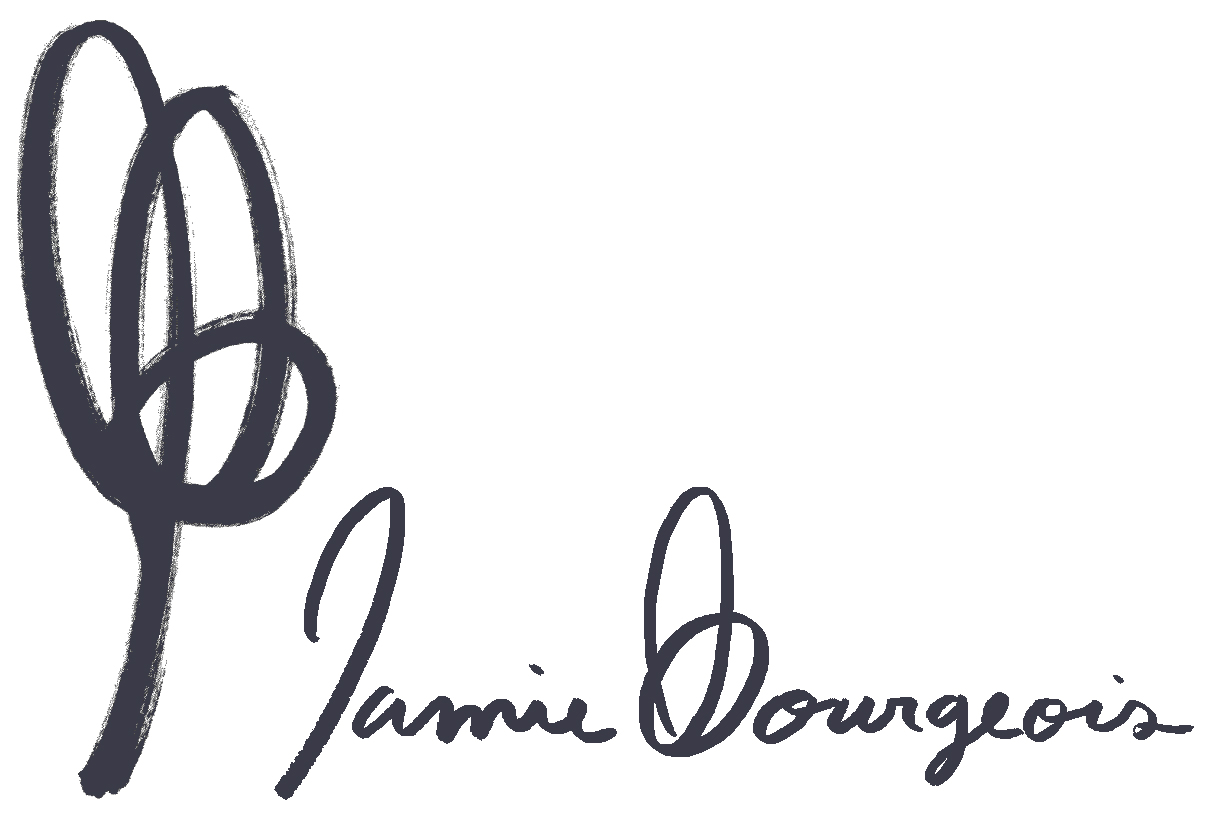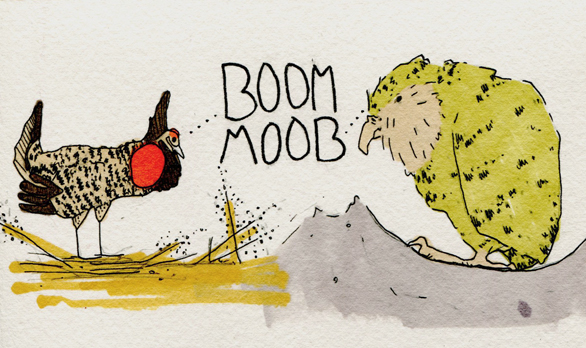Vultures slop around on dead meat all day. Fortunately for them they have two species of anaerobic bacteria living in their gut that help withstand any internal bacterial toxins AND they’re able to bathe their legs in their own urine to kill any outside bacterial toxins!
This all may seem vile, but it’s all necessary for both the vultures and us. Vultures play a major role in the ecosystem by munching on all the dead flesh hanging around. These scavenger birds help to get rid of potentially deadly bacteria and viruses that may inhabit and breed on rotting carcasses. We should praise them, really, for taking the heat and doing what they've evolved to do. Unfortunately, many species of vulture are either endangered or threatened. So, who’s going to do their job once we've killed them all?
But, to leave this one on a happier note, next time you pee your pants, just explain to everyone that you decided to take an anti-bacterial bath.





